| Autore |
 Discussione Discussione  |
|
|
vladim
Moderatore trasversale
    

Città: Milano
Prov.: Milano
Regione: Lombardia

34172 Messaggi
Tutti i Forum |
 Inserito il - 15 settembre 2018 : 08:16:54 Inserito il - 15 settembre 2018 : 08:16:54


|
Le prime foto sono del 1° agosto scorso presso La Esperanza, a ca. 900 m. sul mare,
le ultime due sono del giorno successivo a Punta del Hidalgo, al livello del mare.
Praticamente però questi fiori sono presenti un po’ dappertutto, e sono considerati invasivi.
Ho letto che a Tenerife ci dovrebbero essere due specie, la Ipomoea indica e la Ipomoea cairica, ma la seconda è da escludere per il tipo di foglia (e l'avrei trovata il giorno dopo: http://www.naturanelmondo.com/forum/topic.asp?TOPIC_ID=305733).
Nelle prime foto, appaiono evidenti le foglie trilobate della I. indica. Nelle ultime due, invece, la trlobatura non compare; ma anche in alcune foto in rete mi pare sia così, per cui dovrebbero essere tutte Ipomoea indica.
E’ così?
Grazie

Immagine:
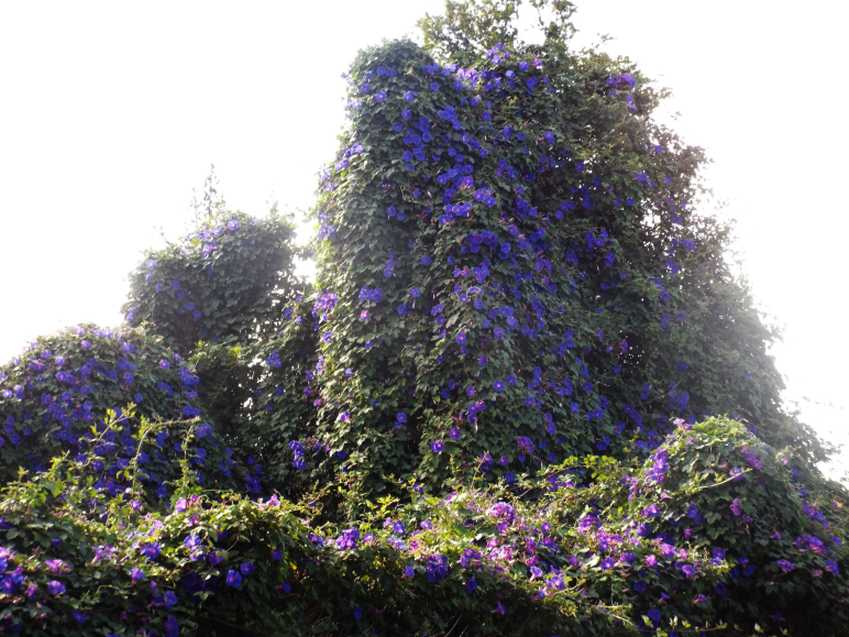
117,48 KB
Immagine:
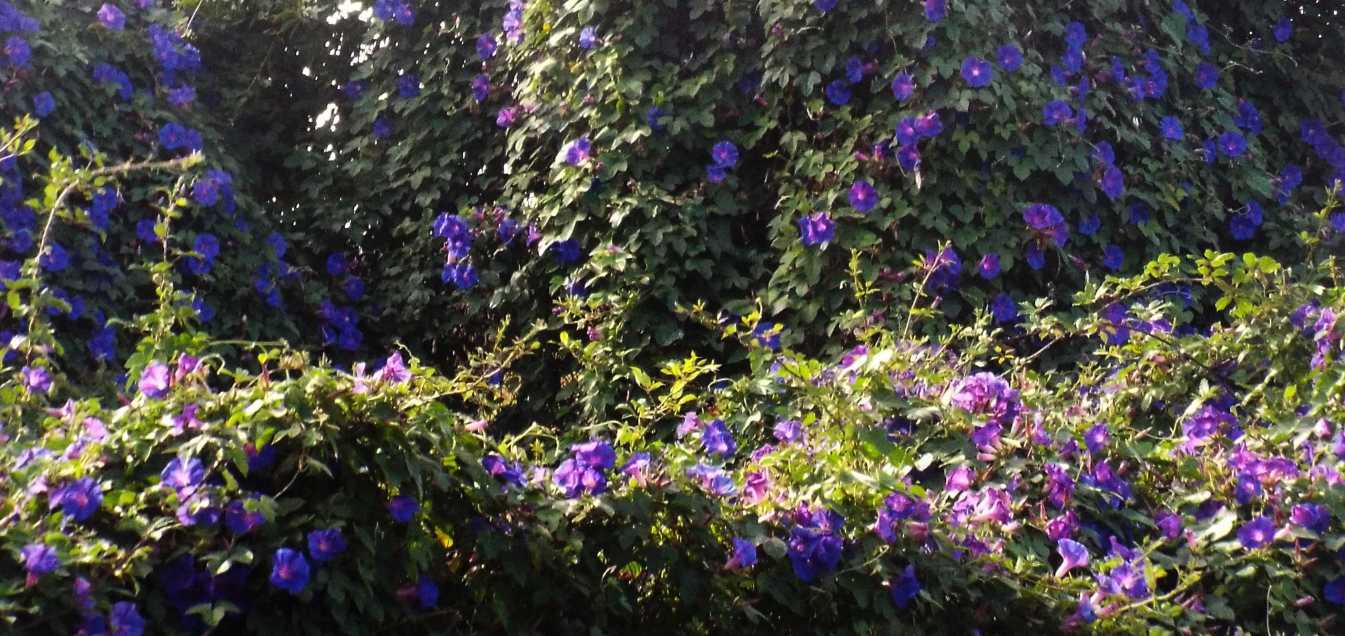
178,24 KB
Immagine:
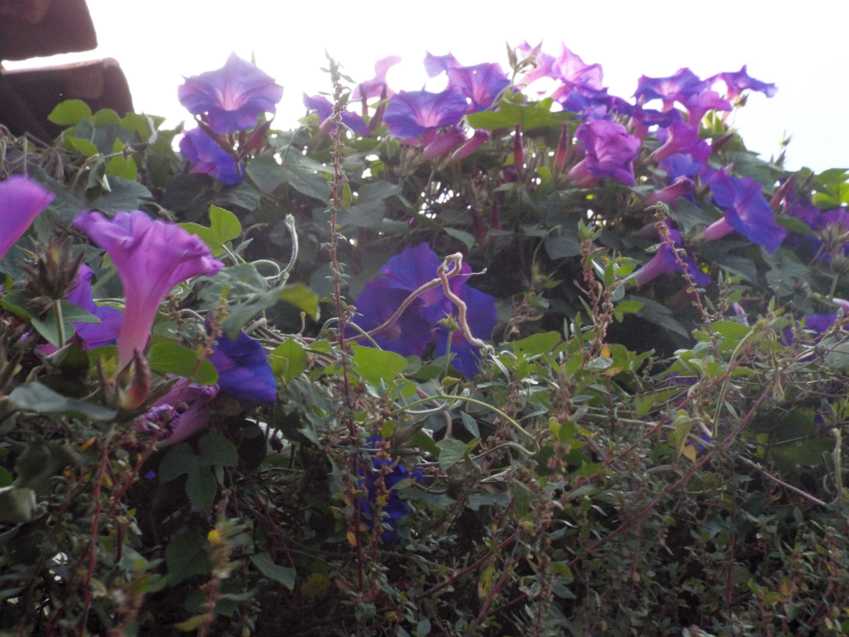
100,62 KB
Immagine:
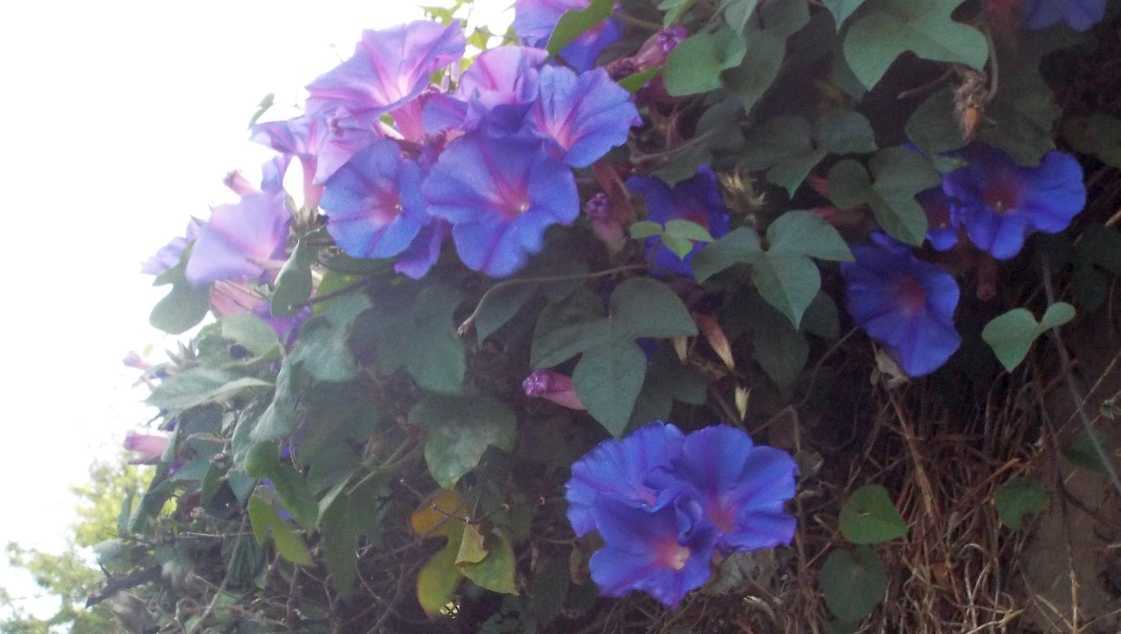
90,58 KB
Immagine:
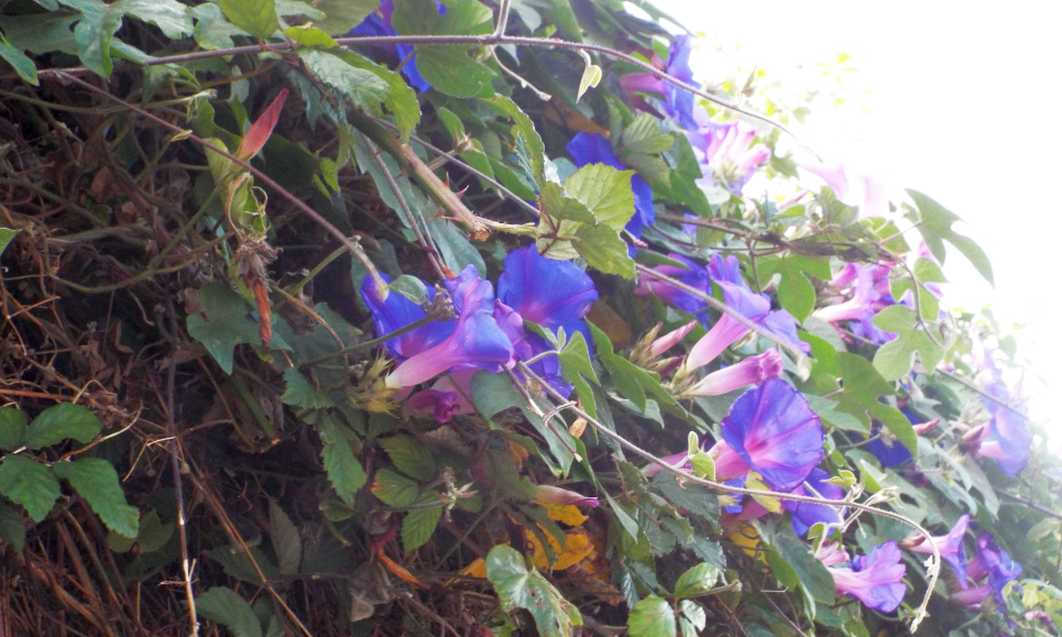
116,7 KB
|
Modificato da - baudino in Data 15 settembre 2018 20:35:38
|
|
|
vladim
Moderatore trasversale
    

Città: Milano
Prov.: Milano
Regione: Lombardia

34172 Messaggi
Tutti i Forum |
 Inserito il - 15 settembre 2018 : 08:18:33 Inserito il - 15 settembre 2018 : 08:18:33


|
Immagine:
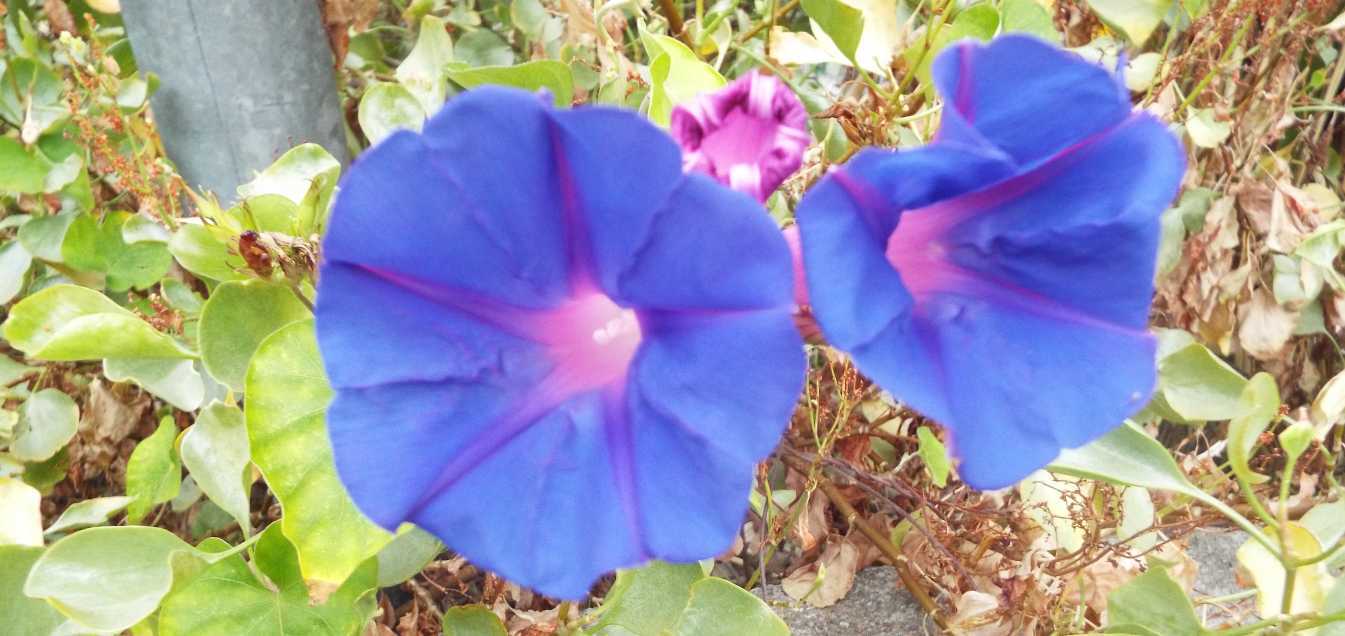
129,32 KB
Immagine:
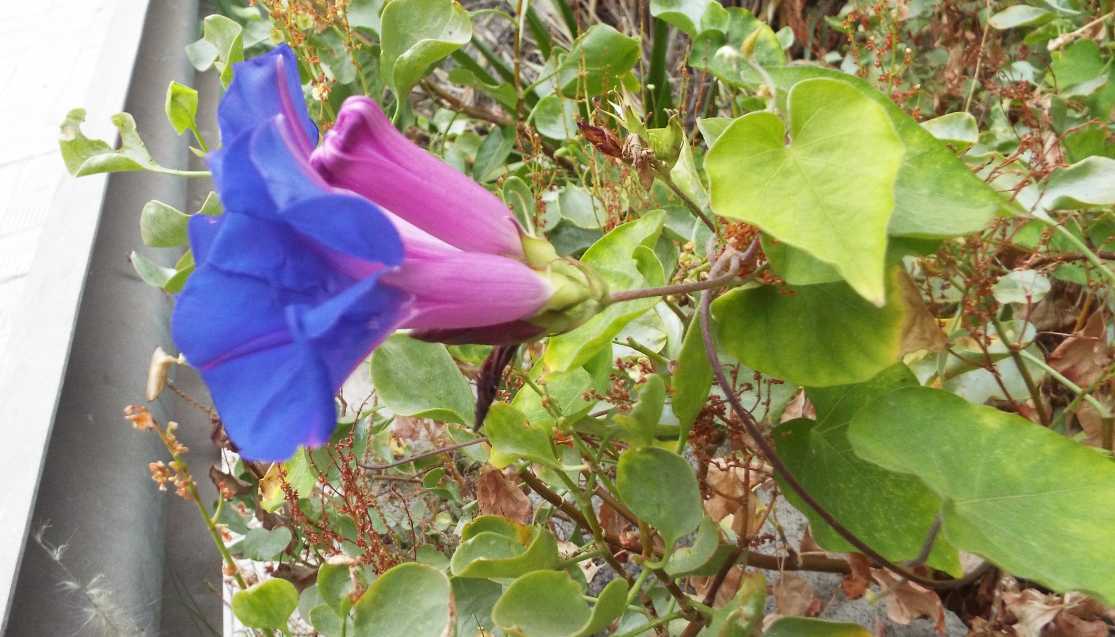
123,64 KB |
 |
|
|
baudino
Moderatore
   
Città: Robilante
Prov.: Cuneo
Regione: Piemonte

3969 Messaggi
Flora e Fauna |
 Inserito il - 15 settembre 2018 : 17:11:27 Inserito il - 15 settembre 2018 : 17:11:27


|
Sì
PS: specie di Ipomoea presetni nelle Canarie:
Ipomoea arenaria Roem. & Schult. NO
Ipomoea batatas (L.) Lam. IS P G T C F L
Ipomoea cairica (L.) Sweet IP H P G T C F
Ipomoea hederacea Jacq. IS L
Ipomoea indica (Burm. f.) Merr. II H P G T C F
Ipomoea pes-caprae (L.) Sweet IS L
Ipomoea purpurea (L.) Roth IS C
NS=nativa seguro; NP=nativa probable; NO=nativa posible; IS=introducida seguro; IP=
introducida probable; II=introducida invasora, H=El Hierro; P=La Palma; G=La Gomera; T=Tenerife; C=Gran Canaria; F=Fuerteventura; L=Lanzarote
keys:
blue morning glory (Ipomoea indica) has hairy (i.e. pubescent) younger stems and heart-shaped (i.e. cordate) or three-lobed leaves. Its flowers are relatively large (7-10 cm across), its sepals are long and thin (14-22 mm long), and it does not produce viable seeds (capsules are generally not seen).
coastal morning glory (Ipomoea cairica) has hairless (i.e. glabrous) stems and five to seven lobed leaves that resemble the fingers of a hand (i.e. they are palmately lobed). Its flowers are relatively large (5-8 cm across), its sepals are relatively short (4-7 mm long), and it often produces capsules containing four hairy seeds.
common morning glory (Ipomoea purpurea) has hairy (i.e. pubescent) younger stems and heart-shaped (i.e. cordate) or three-lobed leaves. Its flowers are relatively large (3-7 cm across), its sepals are moderately long (10-15 mm long), and it often produces capsules containing six hairless seeds.
ivy-leaved morning glory (Ipomoea hederacea) has hairy (i.e. pubescent) younger stems and heart-shaped (i.e. cordate) or three-lobed leaves. Its flowers are relatively small (3-5 cm across), its strongly curved sepals are long and thin (about 20 mm long), and it often produces capsules containing four to six hairless seeds. |
bruno |
 |
|
| |
 Discussione Discussione  |
|
|
|
 Natura nel Mondo Natura nel Mondo |
© 2003-2024 Natura Mediterraneo |
 |
|
Cooperativa Darwin
| Leps.it | Herp.it
| Ecotrekking.it
| Lynkos.net
|

 Forum
|
Registrati
|
Msg attivi
|
Msg Recenti
|
Msg Pvt
|
Utenti
|
Galleria |
Map |
Forum
|
Registrati
|
Msg attivi
|
Msg Recenti
|
Msg Pvt
|
Utenti
|
Galleria |
Map |